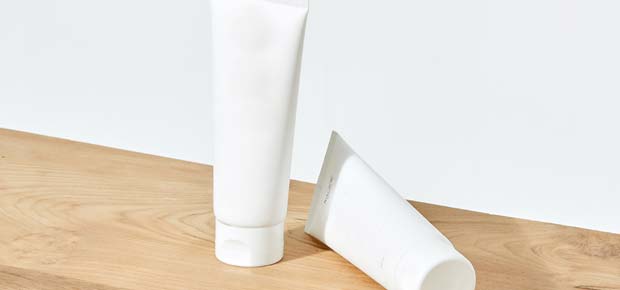Cleansing products play an important role in the daily lives of people. Their regular use help people stay healthy, care for their home and belongings and make the surrounding more pleasant by removing soils, germs and other contaminants. These products are effectively and safely used by millions of people in homes, schools, businesses and healthcare setting for yielding improvements in both hygiene as well as the overall quality of life. Cleansing products have found uses in different applications, like for personal cleaning (skin care, body care, hair care), laundry cleaning, dishwash cleaning and household products cleaning.
The origin of cleansing products dates back to prehistoric times. As water is essential for life, the prehistoric people lived near the sources of water and they knew something about its cleansing properties, such that it rinsed mud of their hands and body.
An adequate understanding of the history, safety and benefits of cleaning products by people is important to their effective and proper use. The history of cleansing products can be broadly defined in two headings -

According to records, ancient Egyptians bathed regularly. The Ebers Papyrus, 1500 B.C. medical document, describes the manufacturing of soap like material by combining animal and vegetable oils with alkaline salts. This soap like was found to be helpful in the treatment of different skin diseases as well as washing.
At about the same time, Moses gave the Israelites some detailed laws, which govern personal cleanliness. Moses also related cleanliness to religious purification and health. According to biblical accounts the ancient Israelites knew that a kind of hair gel can be produced by mixing ashes and oil.
The ancient Greek people bathed for aesthetic reasons and they evidently did not use soap. Instead of using soap, they cleaned their bodies with blocks of sand, clay, pumice and ashes, then anointed themselves with oil, and scraped off the oil and dirt using a metal instrument called as a strigil. They are also known to use oil with ashes. They wash clothes without soap in streams.
In primitive societies and even today, the clothes are cleansed by beating and hitting them on rocks near a stream. Some plants, like soapworts, have leaves, which produce sapions and chemical compounds that give a soapy lather. These compounds were probably the first detergents that people used.
Now days, in modern times, the use of soaps and detergents has become wide and universal among the people across the world due to a better understanding of the importance of hygiene in reducing germs and other pathogenic microorganisms. Specially developed bar soaps become first available in the late nineteenth century, and the advertising campaigns in Europe and the US helped in increasing the popularity and awareness of the relationship between cleanliness and health. By the year1950, soaps and detergents had gained public acceptance as a tool of health and hygiene.

If you have decided to make soap at home, you will need soap making supplies in the form of raw materials, soap making equipment & tools ...
Read More
Someone has rightly said that clothes are not just clothes. They form an integral part of a person's personality and tell a lot about their nature and...
Read MoreCleansing products play an important role in the daily lives of people.
Both soaps and detergents are cleansing products that we frequently use in our
Soap is designed as a product to be used once and then flushed down the drain...